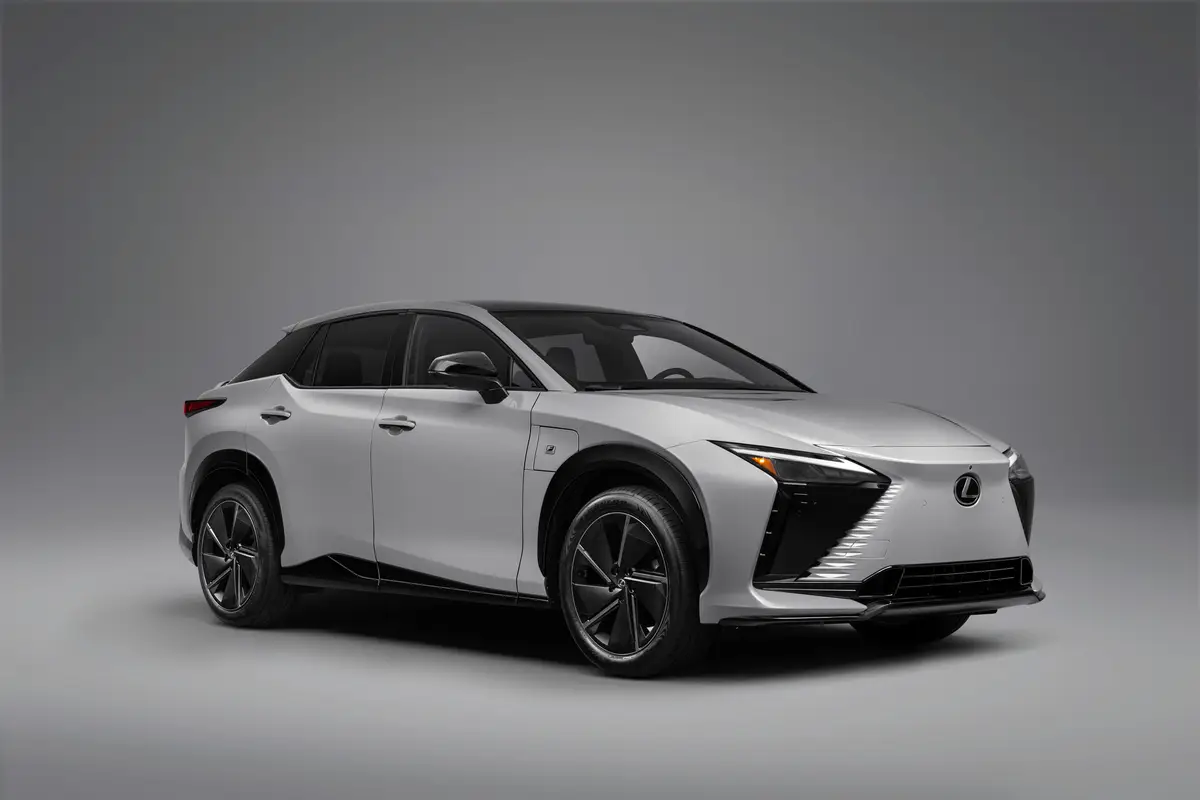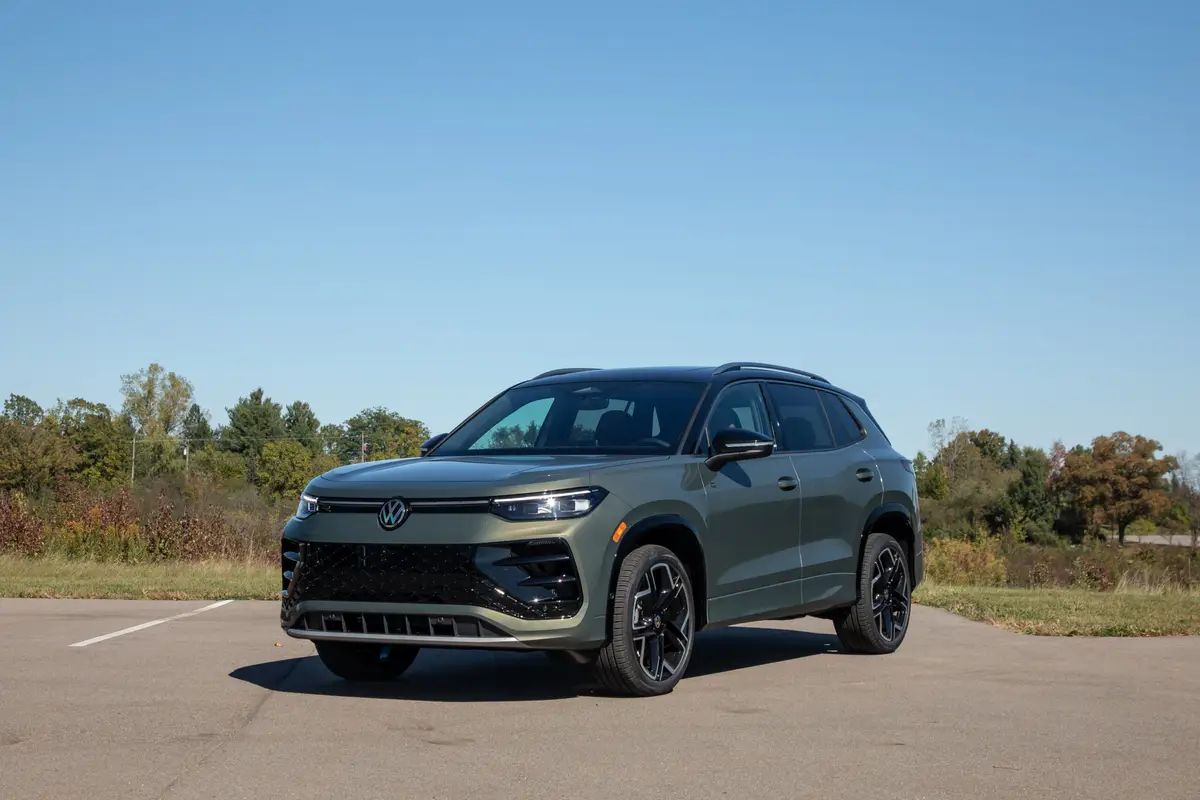washingtonpost.com's view
CORNWALL, N.Y. Sometimes you just want reliability — a simple vehicle that does what it does well and does it repeatedly. You want the fossil-fueled version of the Timex. The watch is seldom fancy or pretty. It can be bought for a reasonable price at the local drugstore. But it will last as long as many more expensive timepieces, and it will keep time as well, often better, than many of them. The Timex watch exemplifies its marketing slogan: It “keeps on ticking.”
The Subaru Forester is the Timex of the automobile industry. First manufactured in Japan in 1997 and brought to the United States a year later, it has grown in popularity in regions such as this, places where winter can be truly wintry and where foothills actually lead to mountains.
But “popularity” is not the same as “acceptability.” The Forester is revered by its many loyalists, who tend to replace one Forester with another. It’s reviled by critics, who dismiss it as a household appliance, a “chick wagon” or a “girlie-man SUV.”
(It’s odd how attributes such as reliability, service and economy frequently are viewed as “feminine” in the automobile business.)
It is now the third generation of the Forester, which was thoroughly revised in 2009 — made larger (three inches longer) and turned into more of a compact sport-utility vehicle than the little all-wheel-drive wagon it was.
The 2010 model driven for this column retains the strong taste of vanilla in terms of exterior and interior styling — far more satisfying than exciting. The same holds true for road performance — perfectly competent for dry-road highway runs, accelerates well when necessary and handles well in high-speed highway traffic.
But in overall demeanor and decorum, there is little about the 2010 Forester 2.5X Limited I drove here that would make a real truck man want to fall for a Forester. I don’t care.
Again, sometimes all you want is reliability. And my family and I were much in need of that attribute as the chilly rain on Mine Hill Road became thick frozen slush coated by light snow.
The soul of the Forester’s reliability is its horizontally opposed, four-cylinder, 170-horsepower engine and its symmetrical all-wheel-drive system. They work together well.
“Horizontally opposed” means the engine’s cylinders are arranged side-by-side instead of in an “inline” (cylinders in a straight row) or “V” pattern.
The side-by-side cylinder arrangement reduces engine weight and saves space under the hood. That more efficient packaging offers certain benefits — better fuel economy via lower weight and better vehicle balance via a lower center of gravity because of the engine’s more ideal placement in the vehicle’s body.
Subaru’s symmetrical all-wheel-drive system takes advantage of the Forester’s engine design and layout. By designing the Forester (and all other Subaru models) to be all-wheel drive from the ground up, Subaru was able to give its customers an all-wheel-drive system that shifts power symmetrically, side to side, pretty much assuring that one wheel is gripping when another is slipping.
Excellent vehicle balance in combination with excellent traction is hard to beat when weather combines with road design — narrow foothill roads with deep drops on either side, covered with thickening slush — to assure that there will be some slipping at some point somewhere, as there was on this trip.
The Forester responded expertly — gripping as needed when needed; preventing short turns into skids from becoming longer, more dangerous skids; and handling potentially upsetting vehicle weight transfers with aplomb.
I like that kind of performance, that sort of reliability. And I suppose that’s why the Forester’s buyer base, a key branch of the Subaru family, remains as strong as it is. The Forester loyalists believe in the Forester. The people who make the Forester obviously believe in them. In the automobile business, or in any other business, it doesn’t get much better than that.
Latest news



